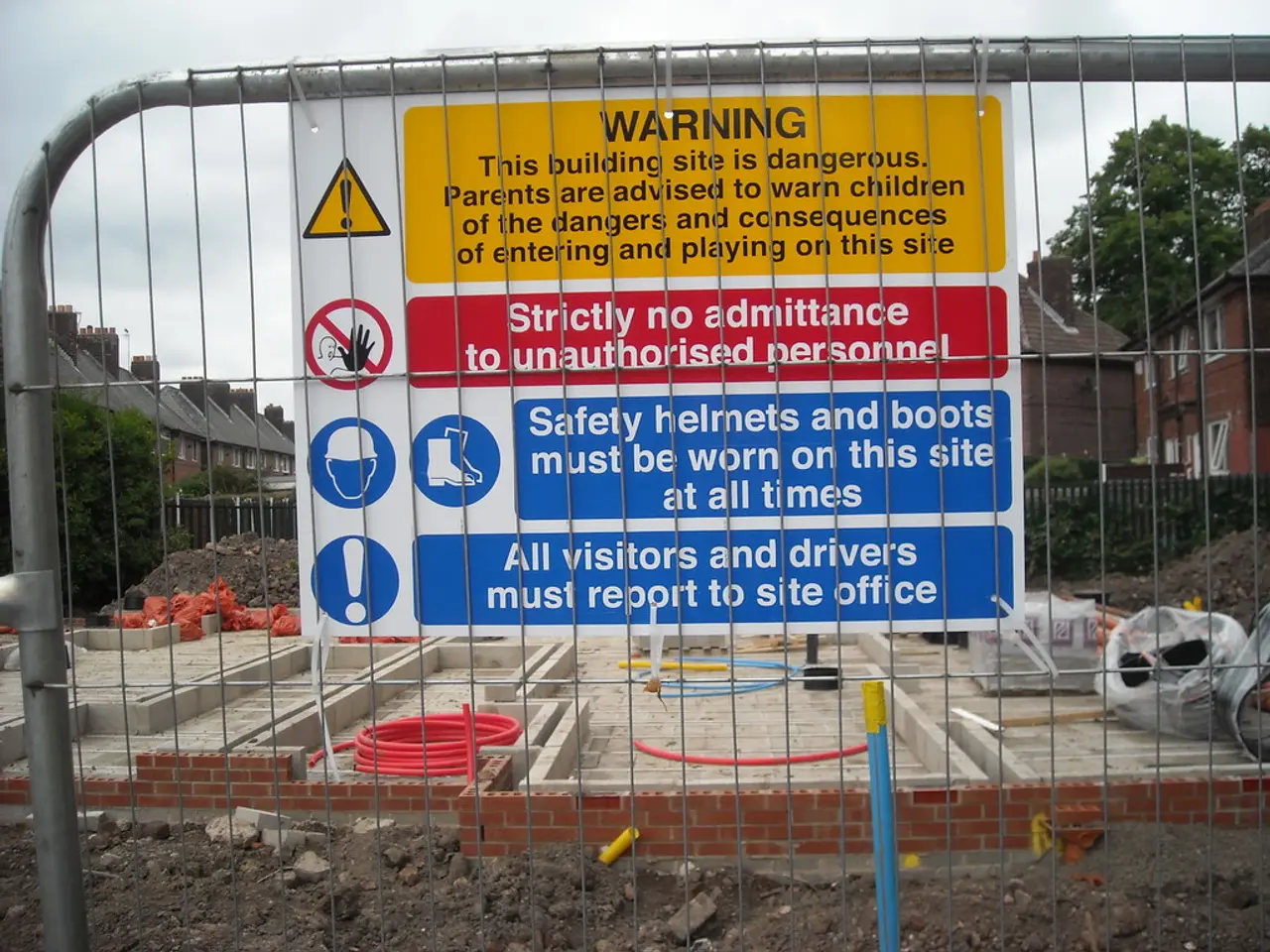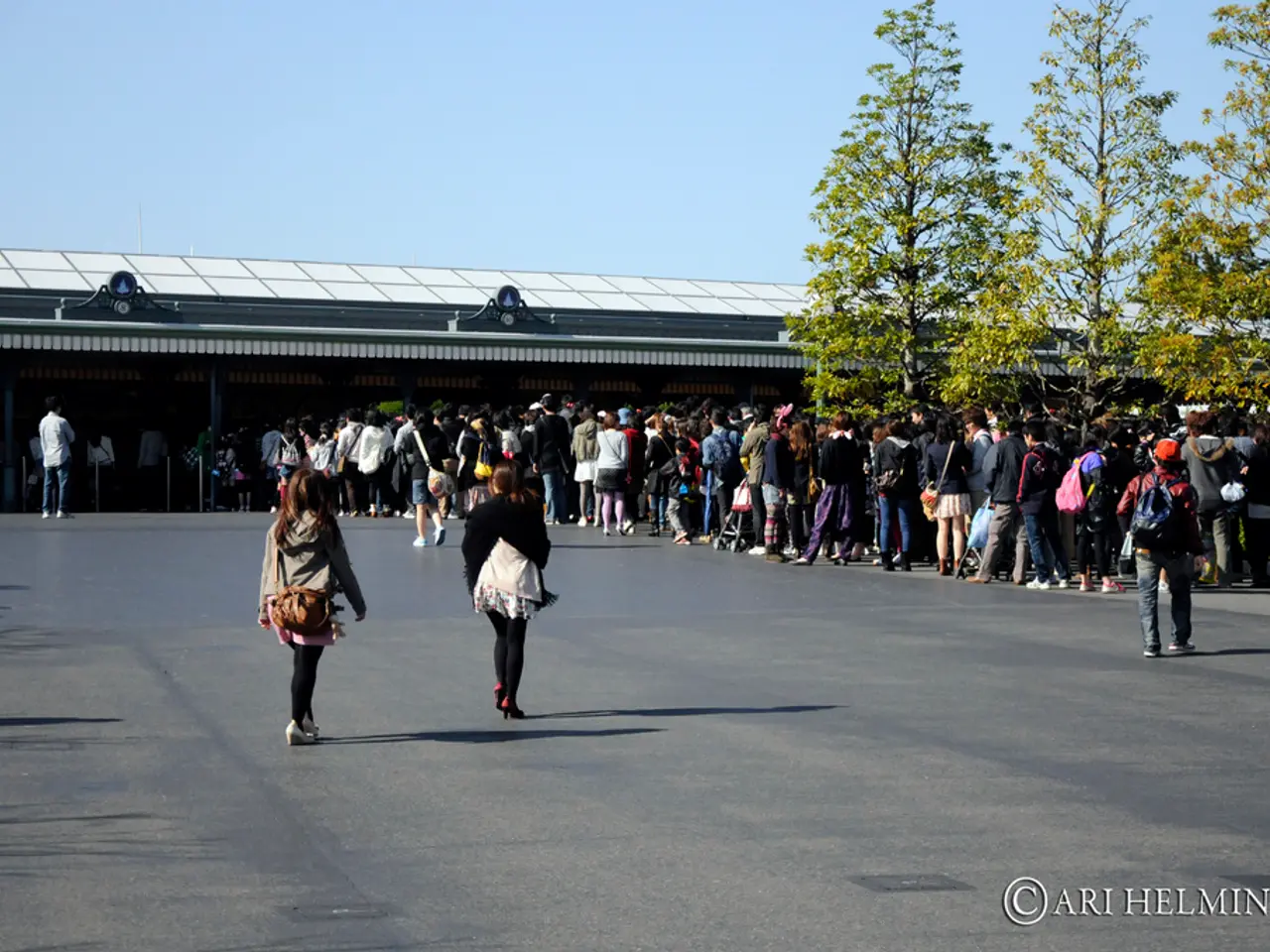Britain's persistent cladding issues pose a risk and necessitate urgent action
The National Audit Office (NAO) has published a new report, assessing the progress of the Ministry of Housing, Communities and Local Government in replacing dangerous cladding from tower blocks in England. The report, published on 4 November 2024, comes following the conclusion of the Grenfell Inquiry in September, which found risks in the tower block had frequently been dismissed and the individuals responsible for selling and creating the cladding involved in the fire which killed 72 people showed 'systematic dishonesty'.
The UK government, following the NAO's concerns about slow remediation of dangerous cladding, has introduced several measures aimed at speeding up the identification and rectification of such buildings by set deadlines well before 2035.
Key measures include:
- Strict enforceable deadlines through the forthcoming Remediation Bill requiring landlords to remediate unsafe cladding on buildings over 18 metres by the end of 2029, and buildings between 11 and 18 metres by the end of 2031.
- The imposition of severe penalties for non-compliance without reasonable excuse, including unlimited fines and potential imprisonment.
- Empowering Homes England, local authorities, and regulators to intervene and carry out remediation works if landlords fail to act, effectively allowing the government to bypass non-compliant landlords.
- Provision of over £1 billion in government funding to support remediation works, with the social housing sector receiving equal access to this funding alongside private owners.
- Introduction of a National Remediation System, supported by Homes England, to centralize data on cladding safety, track progress, and increase transparency and accountability for landlords.
- Mandatory reporting and fire risk assessments on buildings over 11 metres by December 2027, along with guidance and training for social landlords on data use, to accelerate identification and prioritization of dangerous buildings.
- Support for leaseholders including measures to reduce the burden of interim safety costs and replacement of expensive safety measures such as Waking Watch.
- The introduction of a Building Safety Levy expected to raise approximately £3.4 billion over the next decade to fund remediation works, effective from October 2026.
Together, these measures constitute a comprehensive acceleration plan that sets ambitious deadlines significantly ahead of 2035, with enforcement powers and funding mechanisms to drive faster progress in eliminating dangerous cladding risks across England.
However, the report found that up to 60% of buildings with dangerous cladding had still not been identified by the government as of the report's publication date. Councillor Adam Hug, the Local Government Association's spokesperson for building safety, stated that councils face significant barriers in accessing existing funding schemes and are determined to ensure residents' safety.
The new housing package was described as "hugely welcome" by London Councils, although it was not specified what this package entails. The Chancellor, Rachel Reeves, announced an investment of more than one billion pounds for buildings with dangerous cladding in 2025-26 in the Autumn Budget.
The new report also proposes implementing tougher enforcement activity and measures to help residents dealing with financial and emotional distress from living in buildings with dangerous cladding. The report suggests introducing mandatory registration for medium-rise buildings, similar to high-rise buildings under the Building Safety Act 2022.
Councillor Adam Hug also mentioned that the government's intention to address the issue is positive, but long-term funding certainty is needed for effectiveness. No new information was provided about the conclusion of the Grenfell Inquiry or the risks found in tower blocks. Additionally, no new information was provided about potential new strategies the government may consider to speed up their progress in replacing dangerous cladding from tower blocks in England.
Since 2020, there has been a substantial increase in remediation activity, with 4,771 buildings taller than 11 metres brought under the government's remedial works scheme as of August 2024. Around 7,200 buildings in England with dangerous cladding are yet to be discovered by the government. The new report is an update on a previous study conducted by the NAO in 2020. The government set a deadline of 2035 to have all unsafe buildings checked and repaired.
[1] Ministry of Housing, Communities and Local Government (2024). Remediation Bill. Retrieved from https://www.gov.uk/government/publications/remediation-bill [2] National Audit Office (2024). Replacing dangerous cladding from tower blocks in England. Retrieved from https://www.nao.org.uk/report/replacing-dangerous-cladding-from-tower-blocks-in-england/ [3] Housing Secretary Michael Gove (2024). Building Safety Levy. Retrieved from https://www.gov.uk/government/news/building-safety-levy-to-fund-remediation-works [4] Treasury Committee (2024). Autumn Budget 2024. Retrieved from https://committees.parliament.uk/committee/326/treasury-committee/news/133567/autumn-budget-2024/
- The UK government, in response to concerns about slow remediation of dangerous cladding raised by the National Audit Office (NAO), has enacted stricter policies and legislation to speed up the identification and rectification of buildings with unsafe cladding.
- The local government, especially councils, have reported significant barriers in accessing funding schemes intended for remediation works, expressing determination to prioritize resident safety.
- Amidst ongoing migration and war-and-conflicts, issues related to housing, safety, and crime-and-justice remain at the forefront of politics and general news, as portions of the community still reside in buildings with dangerous cladding.
- In an attempt to address the emotional and financial distress caused by living in buildings with dangerous cladding, the NAO's new report proposes tougher enforcement and support mechanisms for affected residents.
- As fire risk assessments and reporting become mandatory for buildings over 11 metres by December 2027, it is hoped that accidents and incidents such as car-accidents, fires, and crime-and-justice will be diminished, enhancing overall public safety.




